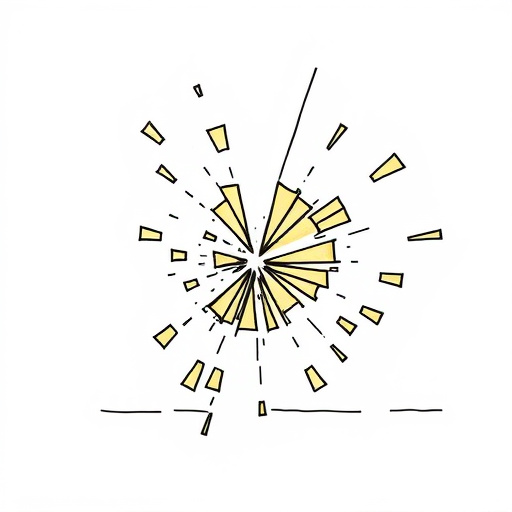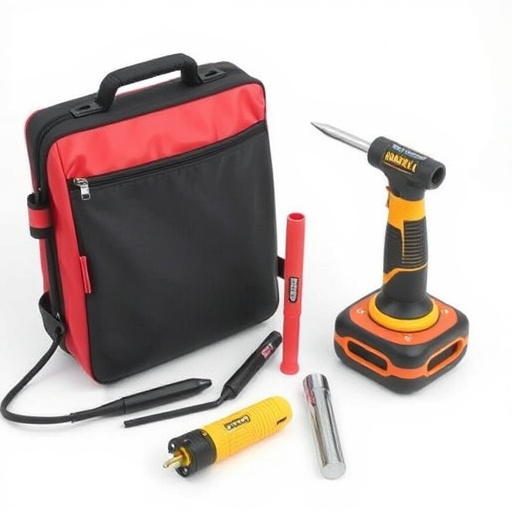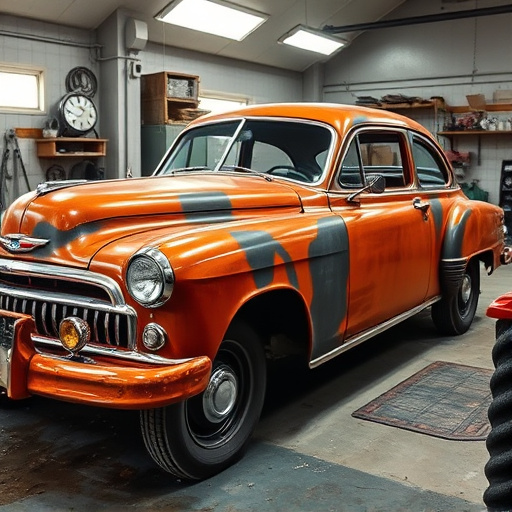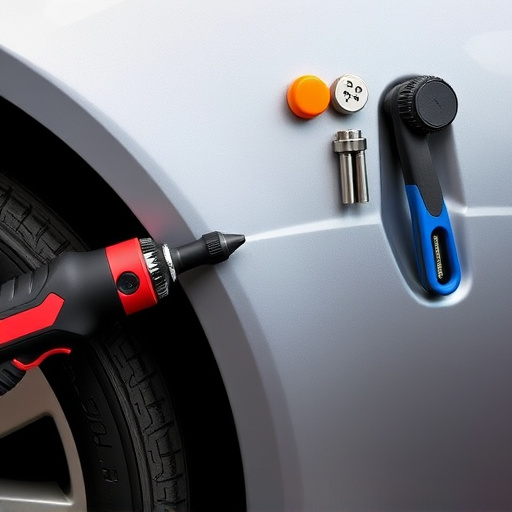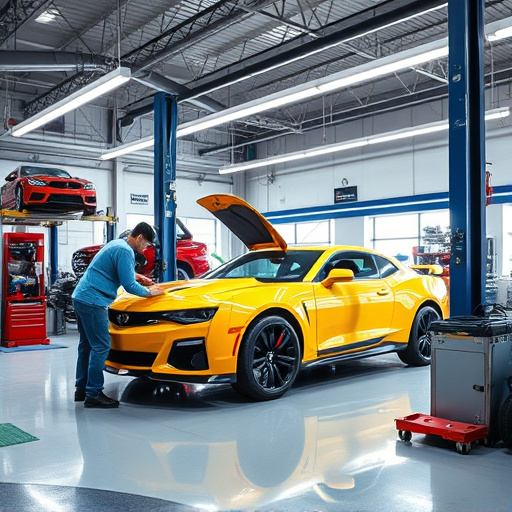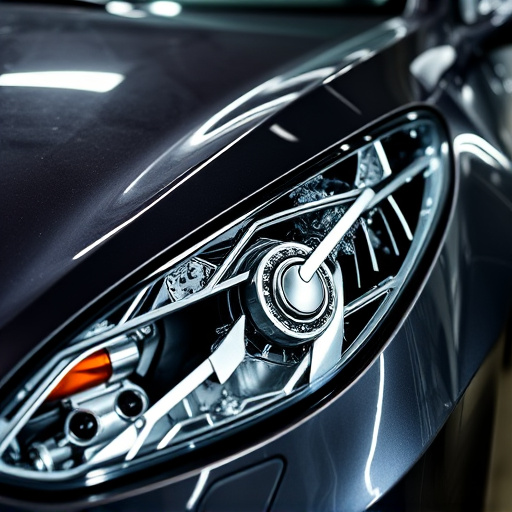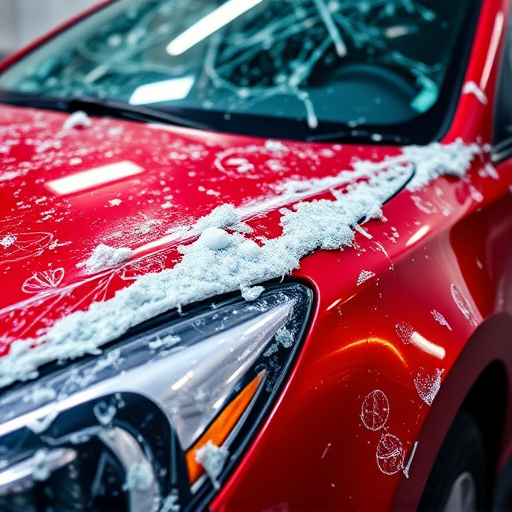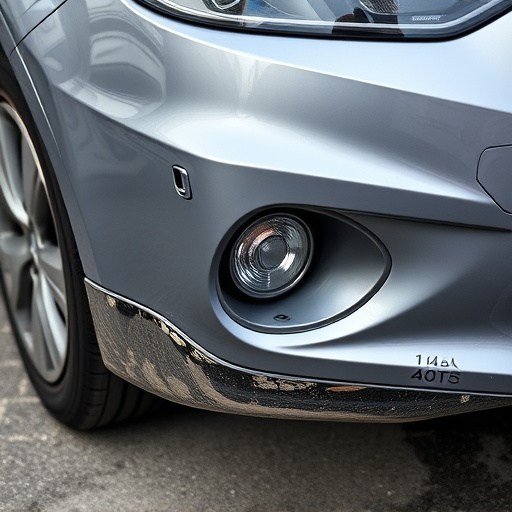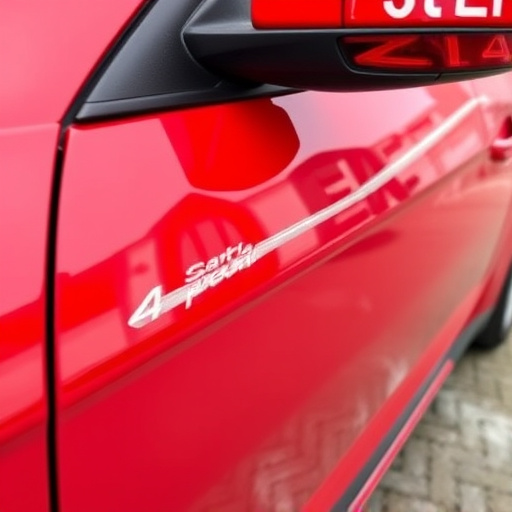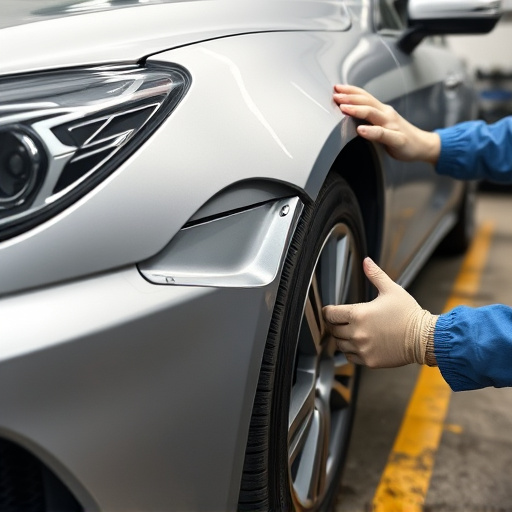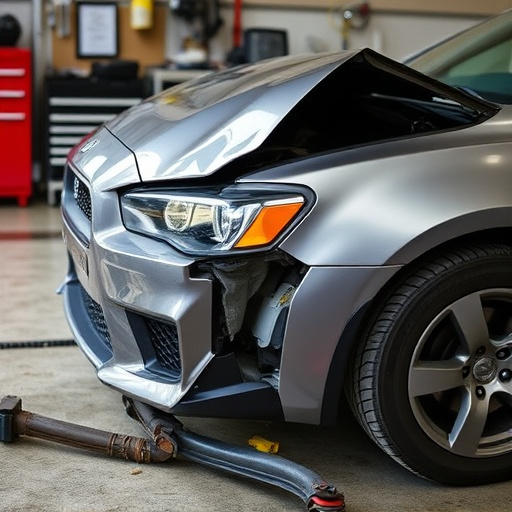Panel alignment procedures are crucial for automotive body shops, using advanced tools like laser measures and hydraulic presses to correct misalignments. This streamlines repairs, enhances structural integrity, and produces high-quality finishes, leading to increased customer satisfaction. Efficient procedures optimize workflow, boost productivity, and reduce repair times in collision centers and car paint services, fostering client loyalty. Standardized processes, modern techniques, and technology like laser alignment systems minimize errors and improve technician job satisfaction.
In today’s fast-paced manufacturing environment, efficient panel alignment procedures are paramount for optimizing workflow management. This article guides you through the essentials of understanding and implementing effective panel alignment practices. From grasping the fundamentals of panel alignment procedures to discovering best practices that ensure seamless operations, you’ll learn strategies to enhance productivity and streamline your workflow. By optimizing these processes, businesses can achieve remarkable efficiency and quality in their manufacturing or assembly lines, making it a crucial read for industry professionals.
- Understanding Panel Alignment Procedures
- Optimizing Workflow with Efficient Panel Alignment
- Best Practices for Seamless Panel Alignment Management
Understanding Panel Alignment Procedures

Panel alignment procedures are a critical component of any automotive body shop’s workflow, especially when it comes to repairing vehicles with damaged or dented panels. Understanding these processes involves grasping how to accurately assess and correct misalignments in vehicle bodies, ensuring that every panel is perfectly aligned after repairs. This meticulous task requires specialized tools and techniques, such as laser measuring devices, hydraulic presses, and expert knowledge of car paint services and vehicle restoration methods.
By implementing efficient panel alignment procedures, automotive technicians can streamline their work, reducing the time spent on manual adjustments. Accurate alignment not only enhances the structural integrity of the vehicle but also contributes to a seamless finish when applying car paint services or conducting vehicle restoration projects. This, in turn, leads to higher customer satisfaction and ensures that restored vehicles meet the highest quality standards.
Optimizing Workflow with Efficient Panel Alignment

Efficient panel alignment is a cornerstone of any successful auto collision center or automotive collision repair shop. By implementing robust panel alignment procedures, establishments can significantly optimize their workflow and enhance overall productivity. This process ensures that all components are accurately measured, adjusted, and replaced during the repair of vehicles, whether it’s for minor dents or major structural damage.
A well-organized panel alignment system streamlines the work of auto repair services technicians, reducing the time spent on each vehicle. Advanced tools and technologies play a pivotal role in this optimization, enabling precise adjustments and minimizing errors. As a result, customers benefit from faster turnaround times and higher-quality repairs, fostering satisfaction and loyalty towards these automotive collision repair facilities.
Best Practices for Seamless Panel Alignment Management
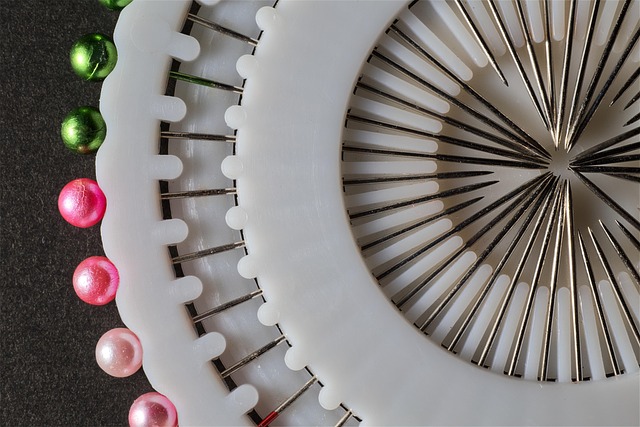
Effective panel alignment is key to streamlining workflows in any collision repair shop or car paint services facility. Best practices involve standardizing procedures for panel removal and replacement, ensuring all staff are trained on the latest techniques. Standardized gages and tools guarantee accuracy, minimizing errors that can lead to costly rework. Regular maintenance of alignment equipment is crucial, as well as keeping a clean and organized workspace to prevent obstructions during the intricate process.
Utilizing modern technology like laser alignment systems can significantly enhance efficiency in automotive collision repair. These advanced tools provide precise measurements, reducing manual adjustments and the potential for human error. Implementing these best practices not only improves panel alignment accuracy but also contributes to overall job satisfaction among technicians by simplifying their tasks.
Efficient panel alignment procedures are a game-changer in workflow management. By understanding the fundamentals, optimizing processes, and adhering to best practices, teams can streamline their operations, reduce errors, and enhance overall productivity. Implementing these tips ensures a seamless experience, allowing for better collaboration and faster project completion. Remember that optimal panel alignment is key to unlocking your team’s full potential.

